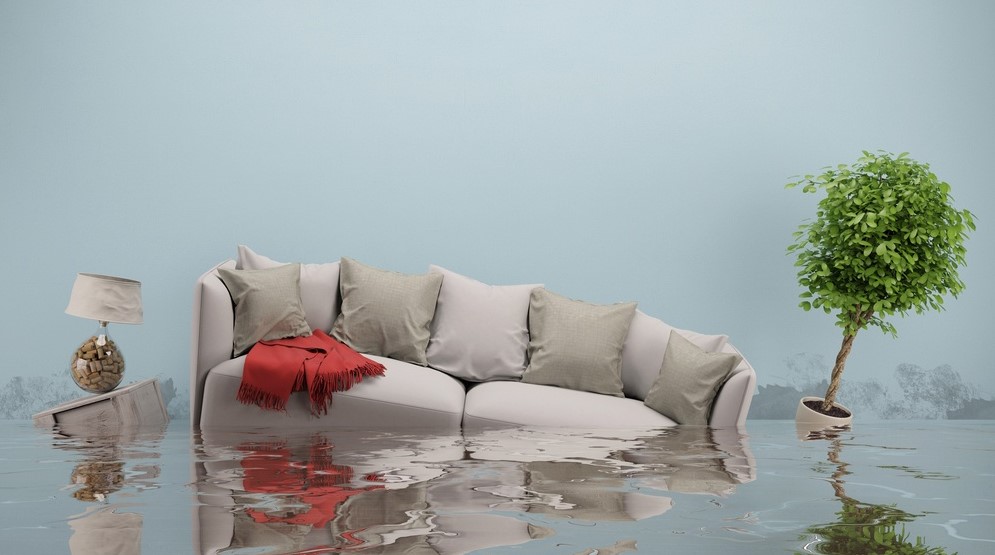
Cost of water removal
Water removal is a costly endeavor. There’s no easy fix, but learning about the process will help you manage your finances. Below are some factors to consider when estimating the water removal cost. By following these tips, you can avoid making costly mistakes. Keep reading to learn more about water removal.
Methods of assessing water damage
Before you start water removal, it is essential to assess the damage. A comprehensive assessment will give you an accurate idea of how bad the damage is and the amount of water removal work that needs to be done. It is also vital to include a complete description of the damages.
Assessing the water damage can help you decide how much money to spend on repairs. Water damage assessment reports include the source and type of water, the extent of damage, and the cost of repairs. In addition, the information should consist of specific repairs, such as carpet replacement and drywall repair. Ultimately, your water damage assessment will help you decide which type of water removal will be best for your home or business.
Tools used in water removal
Water removal experts have access to specialized equipment to help them do their jobs faster and more efficiently. These tools include dehumidifiers and water extraction pumps. Here are eight tools that every professional water removal company should have in its arsenal. Moisture meters are essential tools used in water removal because they allow you to measure the amount of moisture in a home. This enables you to plan your drying strategy. You can also use one of these tools to monitor the amount of water in any particular material.
A water removal company will use various tools to restore your home completely. Most of these tools are not invasive, unlike water, which can cause more damage. A good water removal team will use these tools carefully and explain the purpose of each one.
Precautions to take before the water damage
Taking precautions to prevent mold and mildew growth after water damage is significant. To do this, you can open your windows and doors to let the moisture out. Then, turn off your electrical appliances and mechanical tools. You should also check for pests. Finally, contact a water removal service if you’re unsure what to do. This will help you get the necessary insurance coverage and ensure your home is safe from further damage.
Many things can happen during a water removal project. First of all, the structure must be dried completely. While the homeowner can handle light water damage, more extensive damage is more dangerous and will need a professional. In particular, flooding on the upper level can lead to hazardous conditions. Also, mold grows in wet materials 24 hours after the water has entered them.
Signs of extreme water damage
Extreme water damage is not a minor issue and should be addressed as soon as possible. There are several signs to look for, including a musty odor, warped walls, and peeling wallpaper. This musty smell is a sign of a leak or water leak.
Ceiling moisture spots are one of the most obvious signs of water damage. They can be caused by a slow leak or a burst pipe.
Cost of repairs
Water removal costs are determined by the type of water damage and the extent of the damage. Prices include pipe repair, drying out the area, and mold remediation. In addition, some water removal costs include structural repairs such as replacing walls, wiring, and fixtures. These costs will drive the final bill higher. However, there are several ways to minimize these costs.
Clean water is the least expensive type of water removal. However, other types of water damage may increase the price. For example, gray water is dirty but does not contain hazardous contaminants, while black water contains toxic materials. Both types of water can cause damage to a home.
